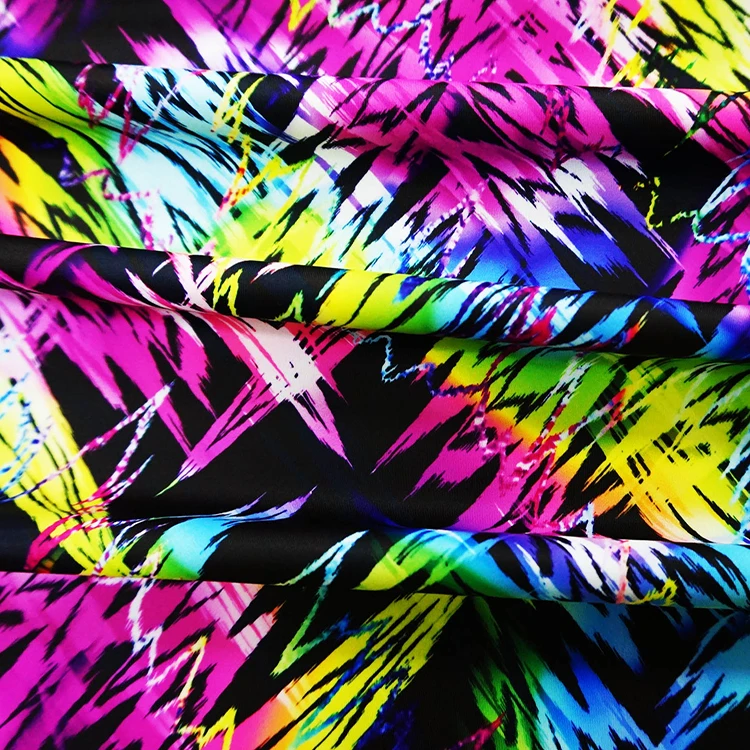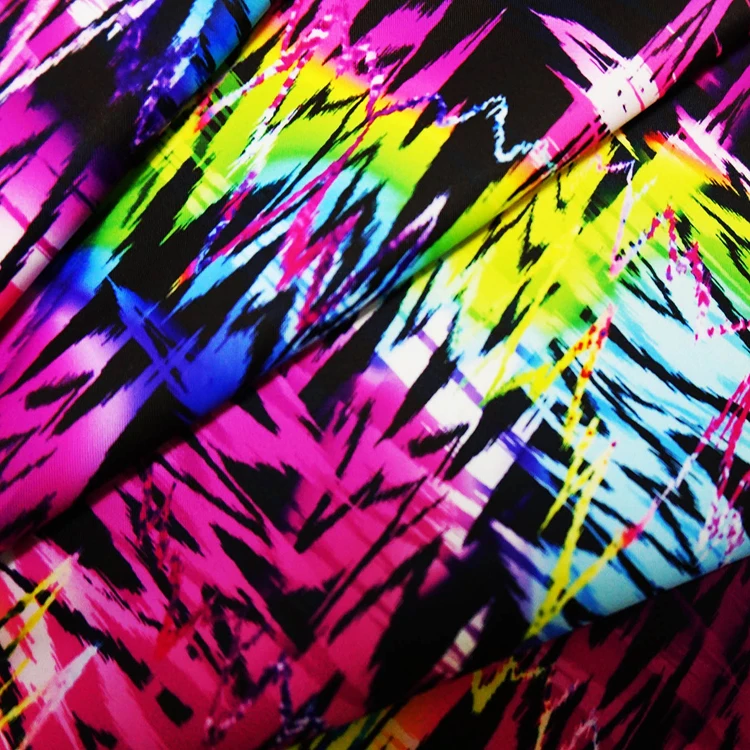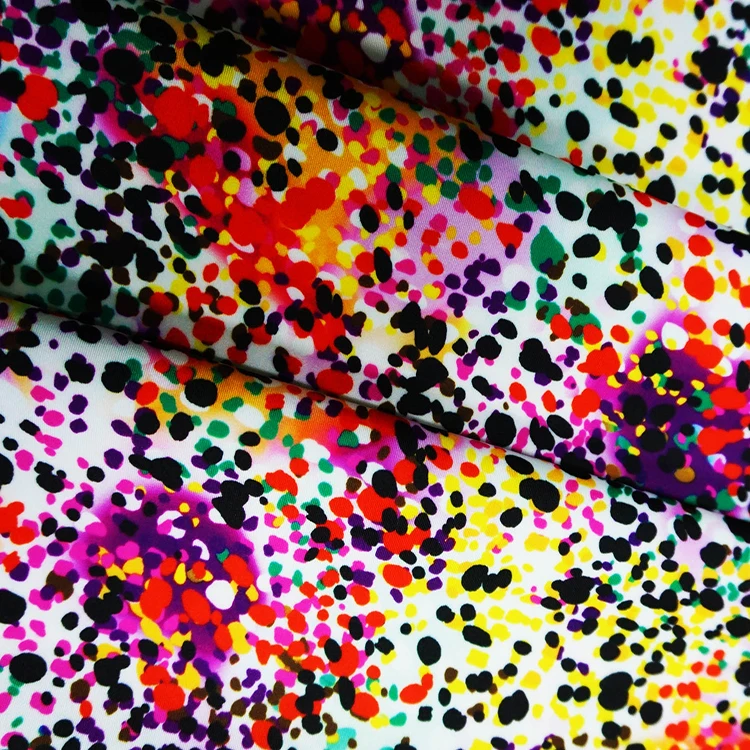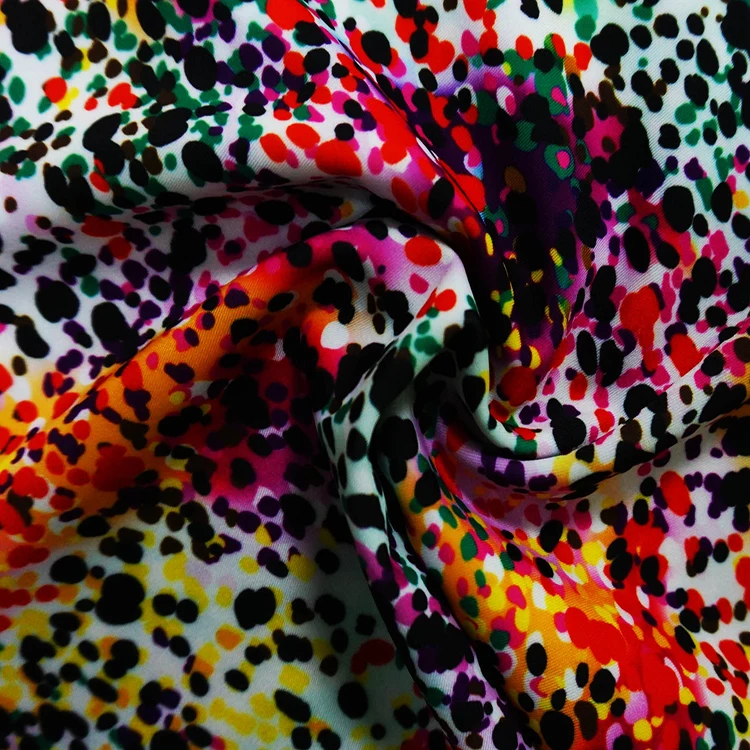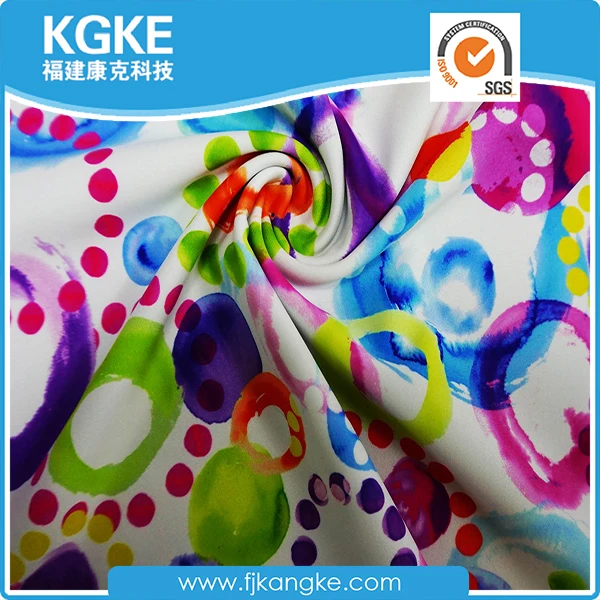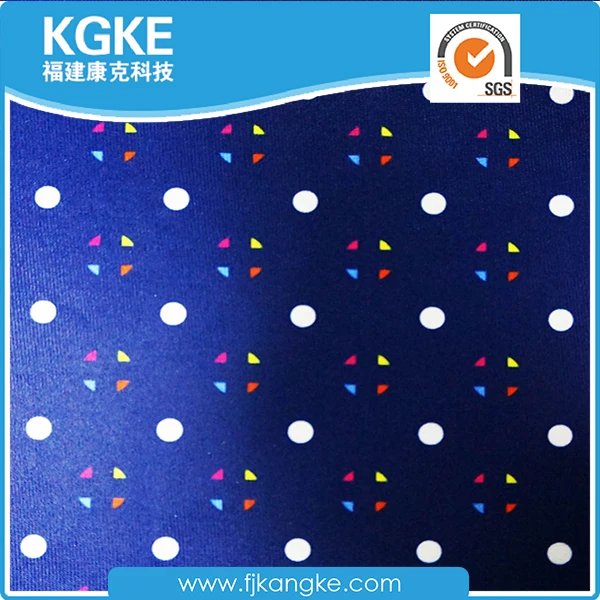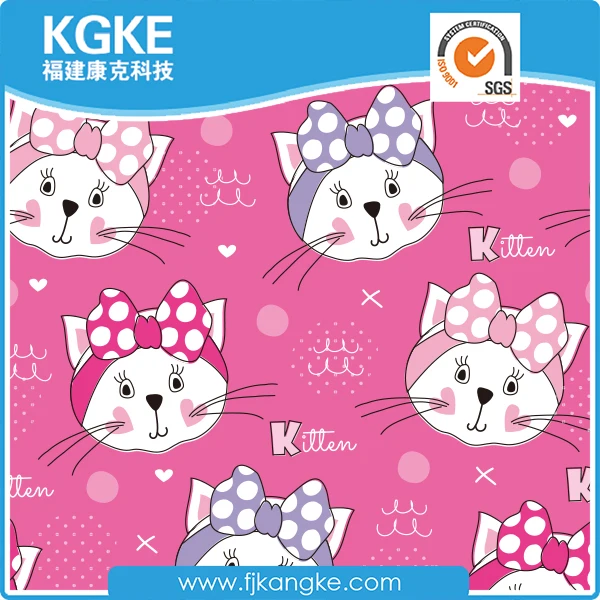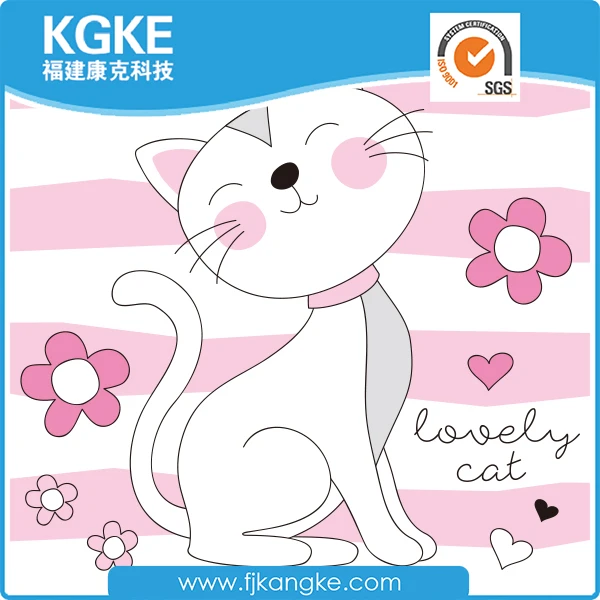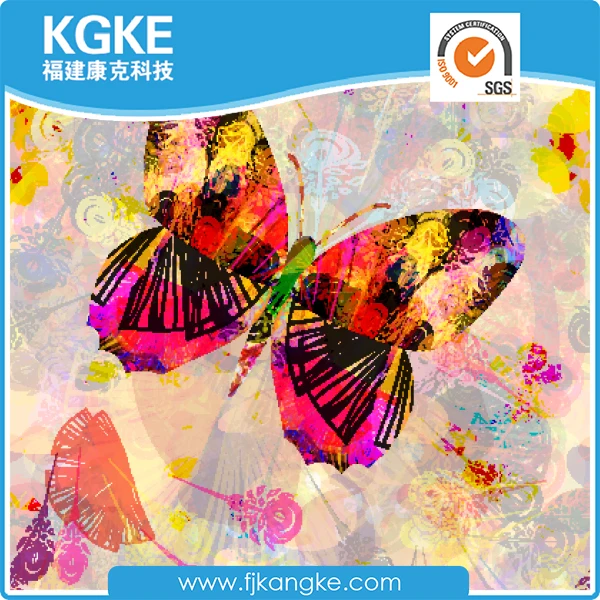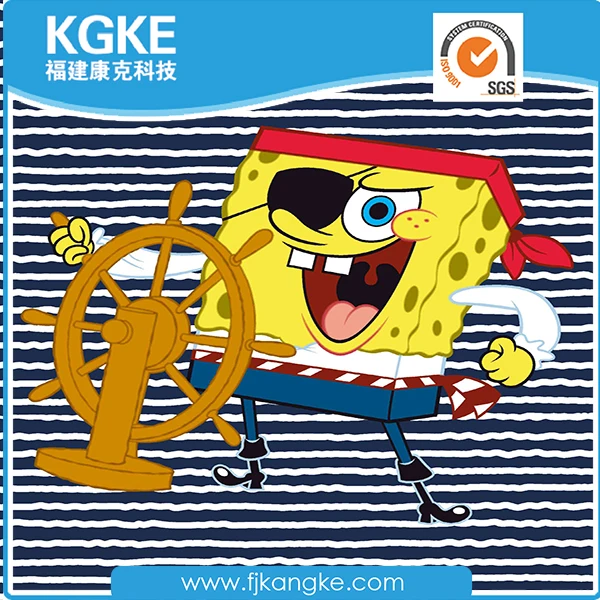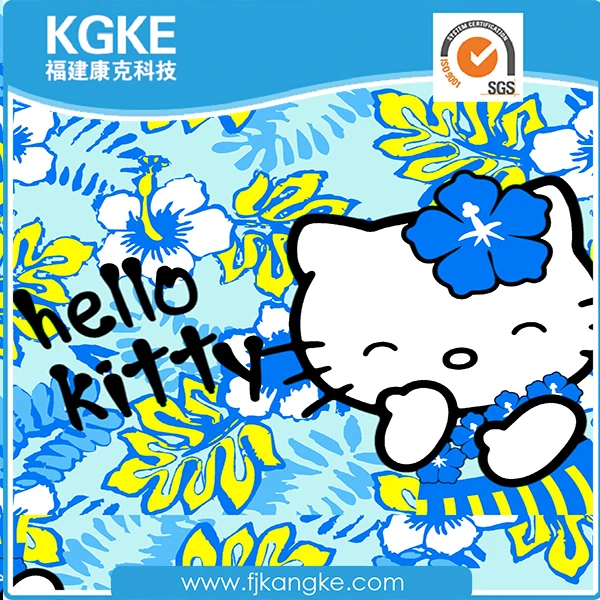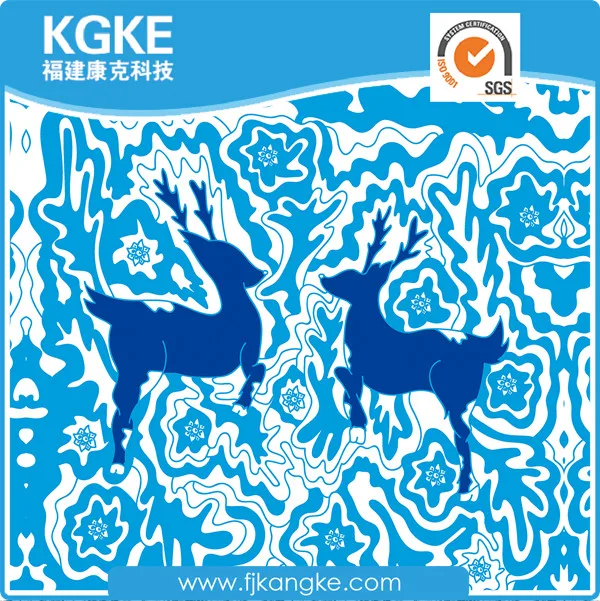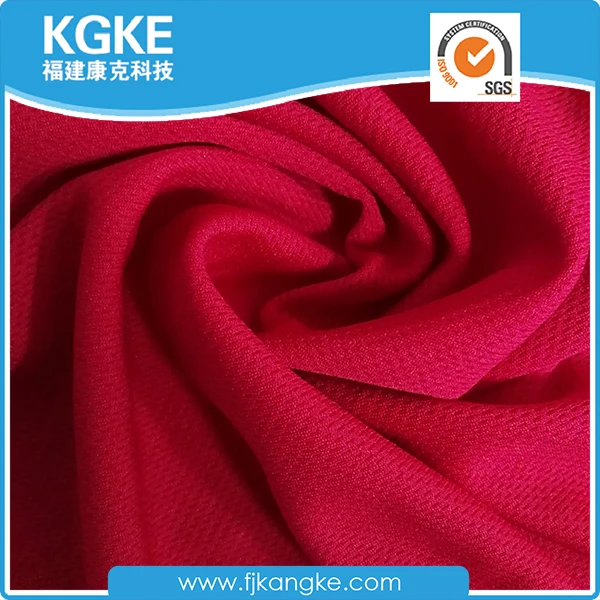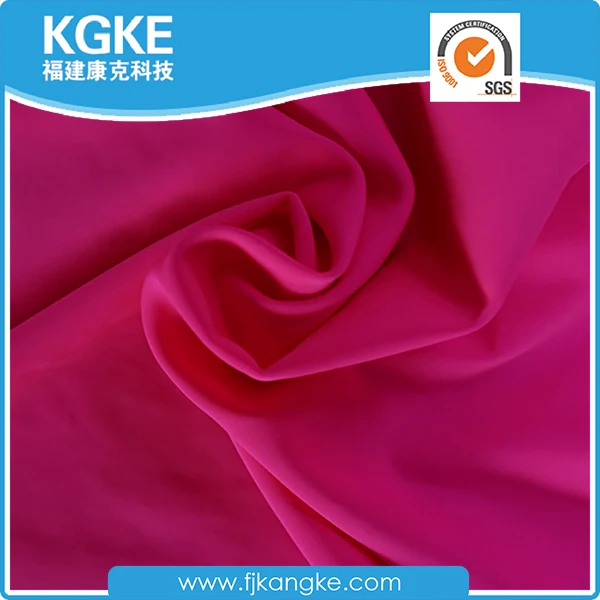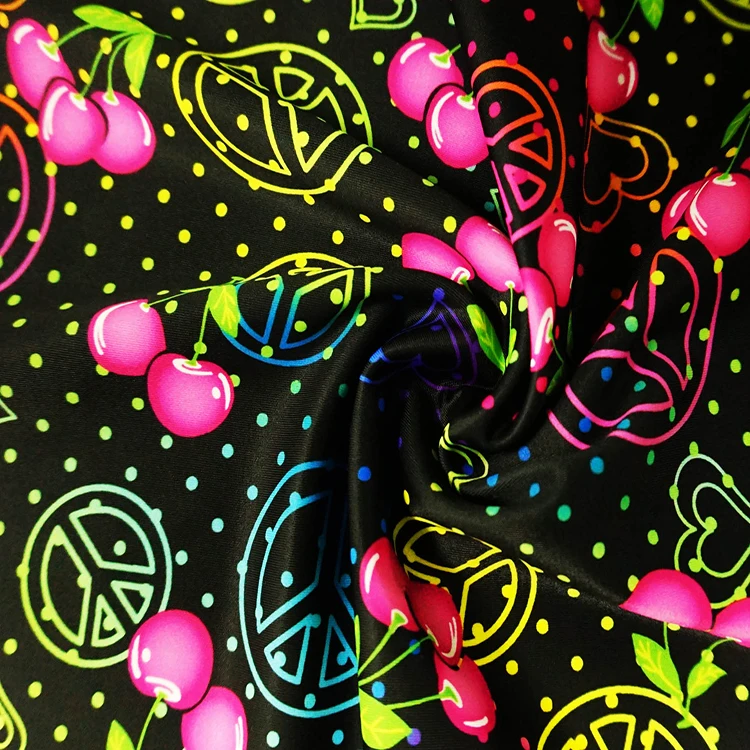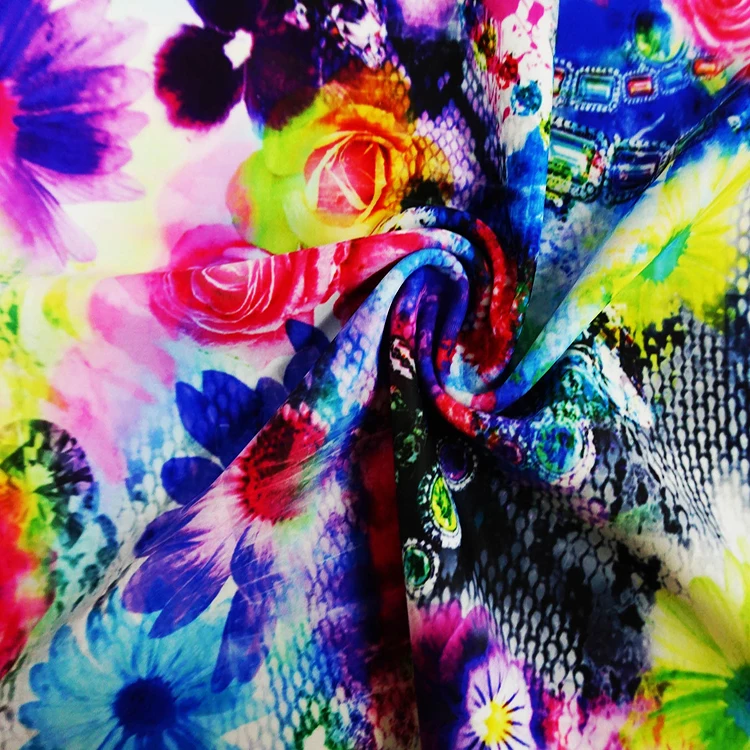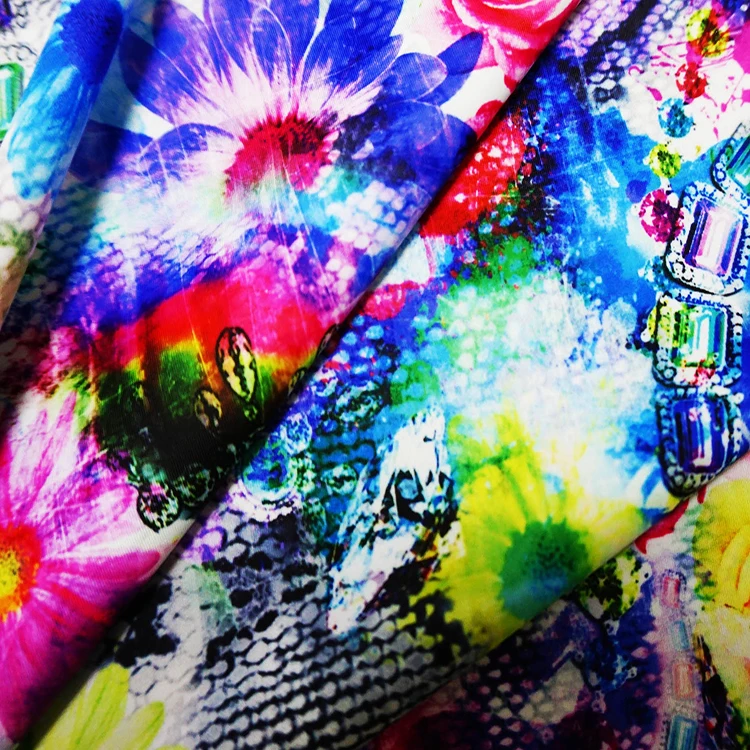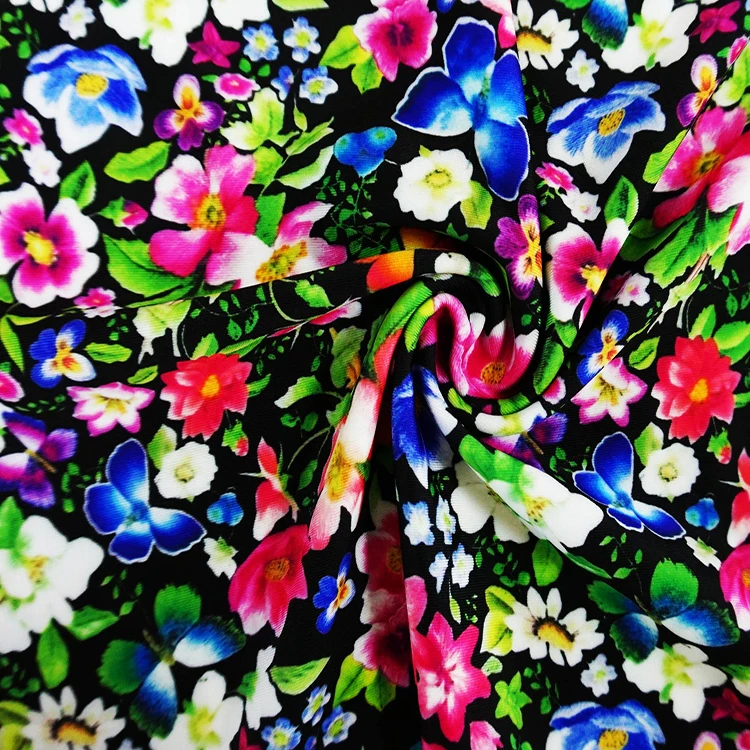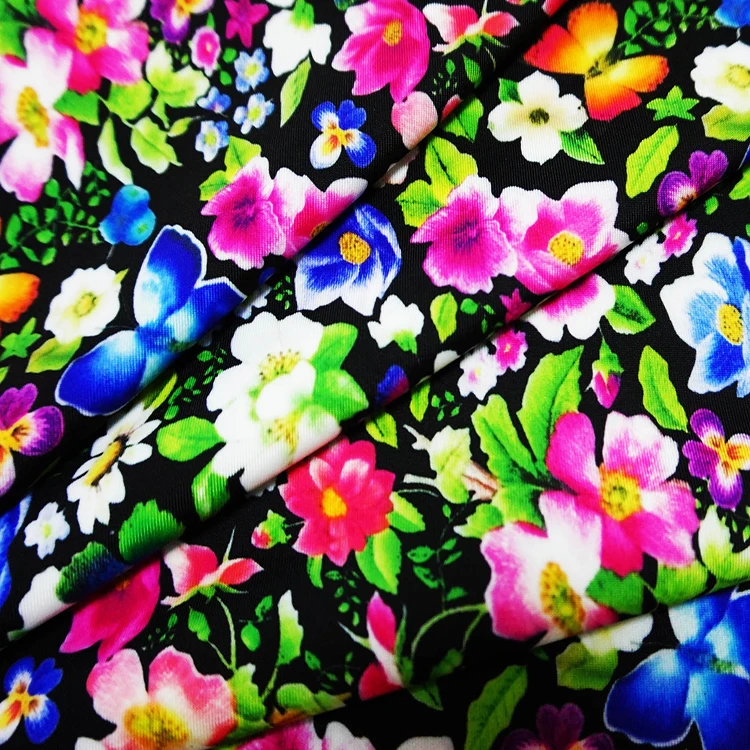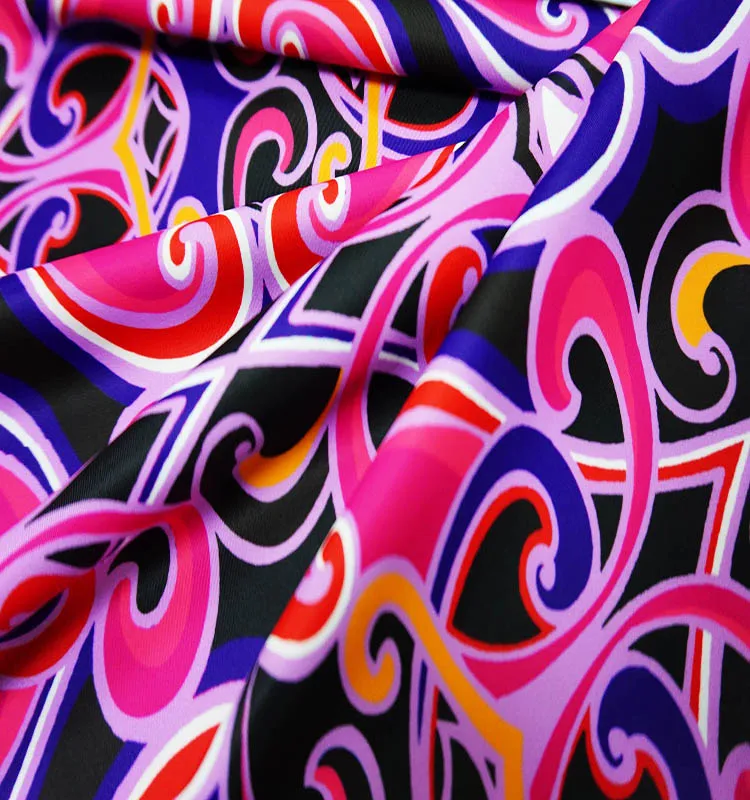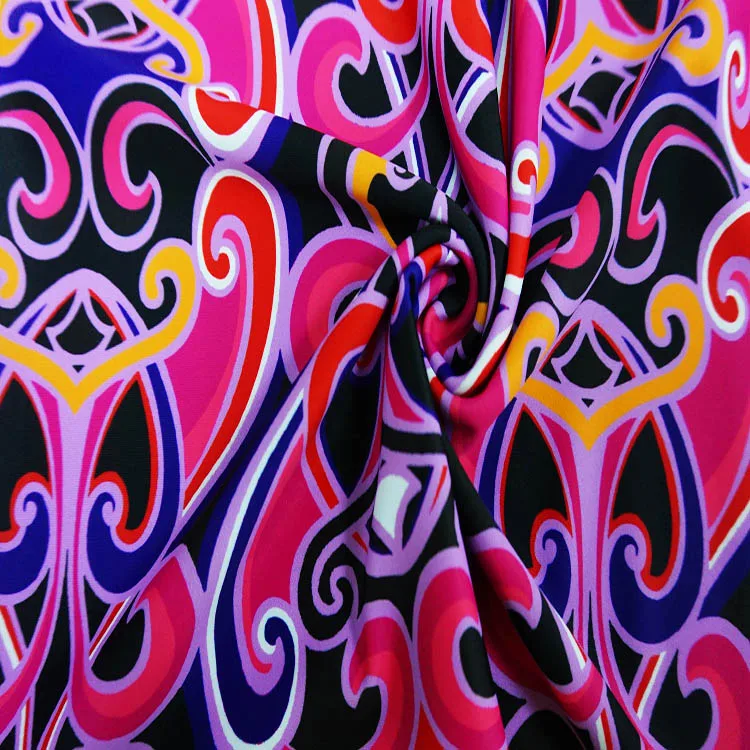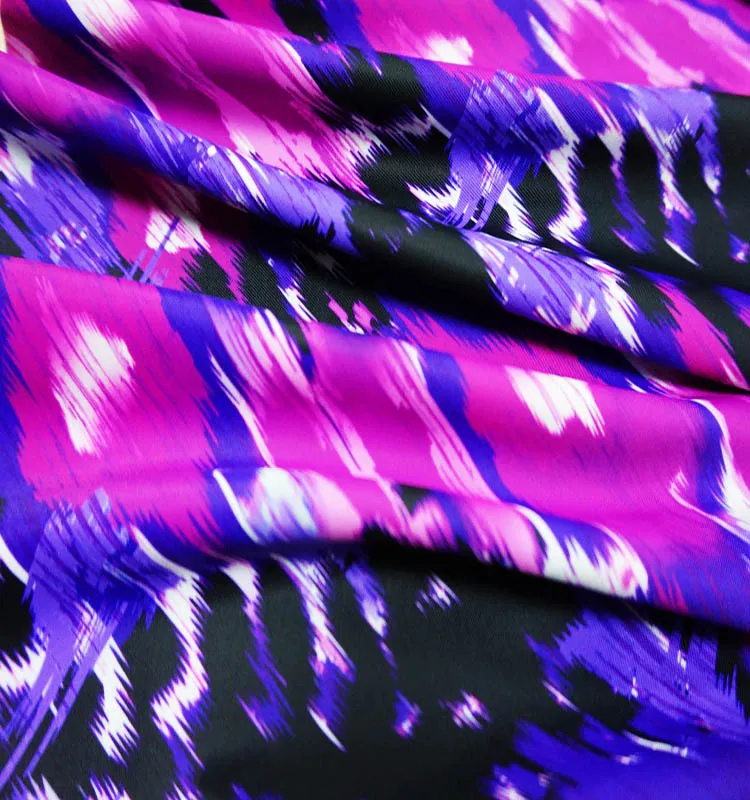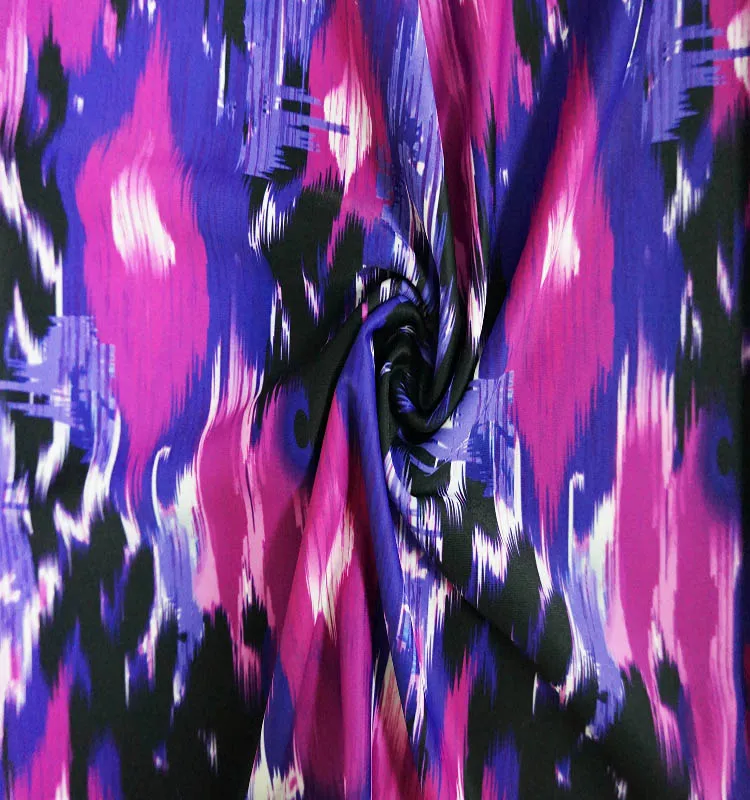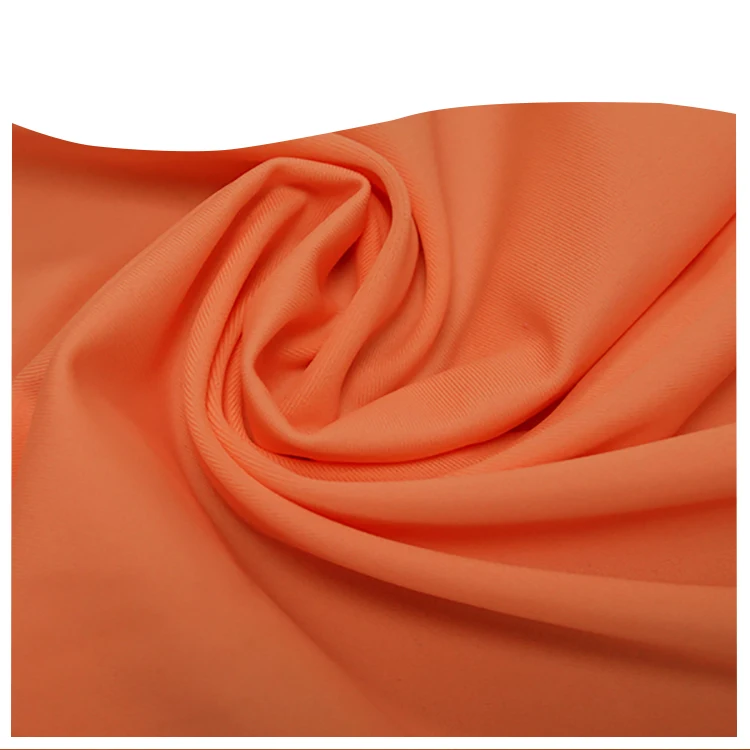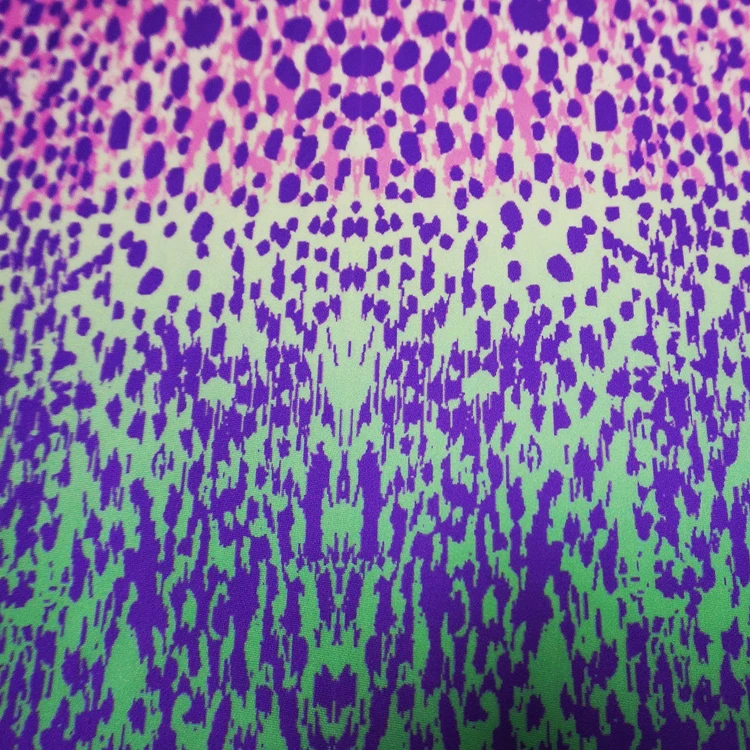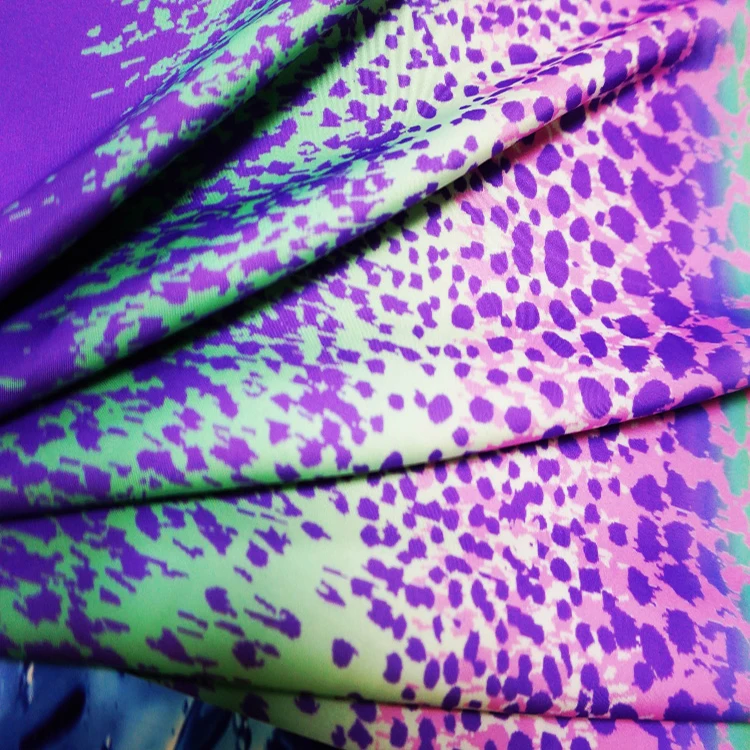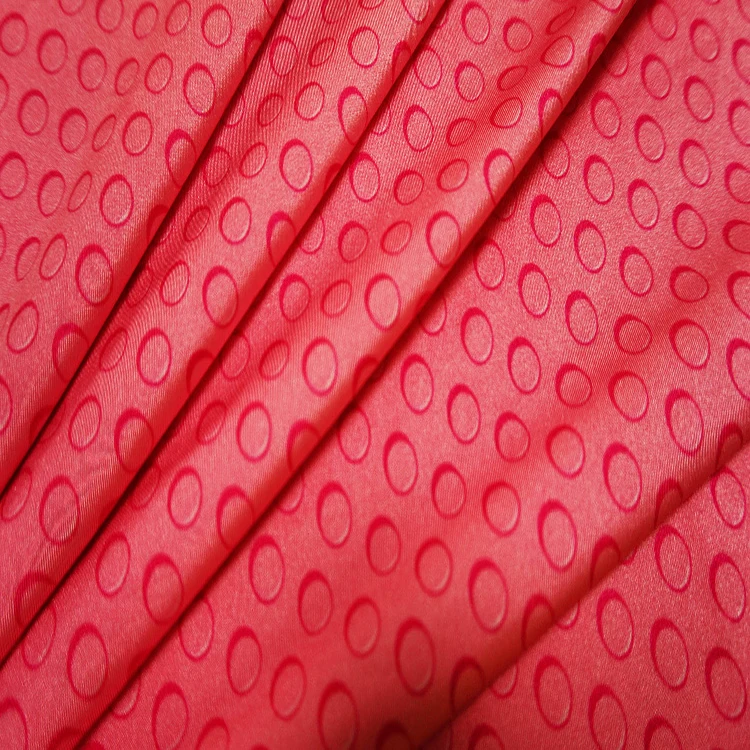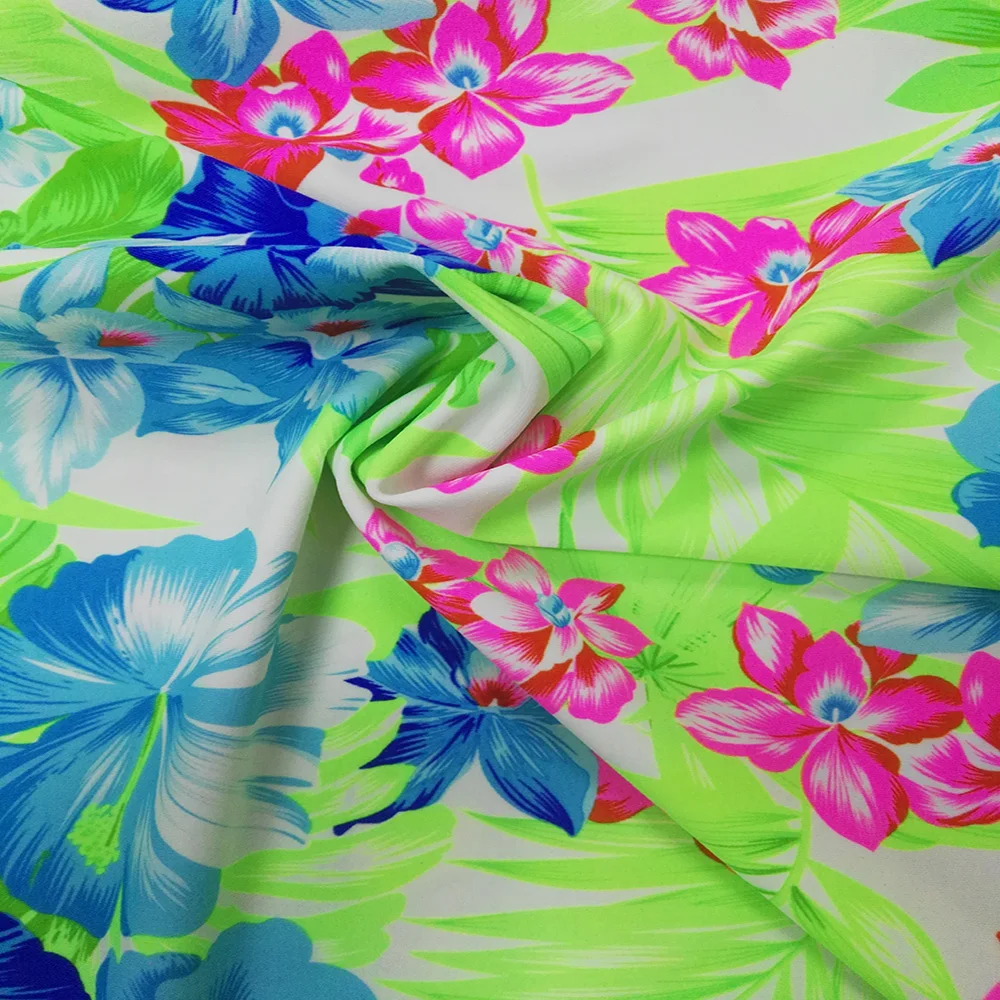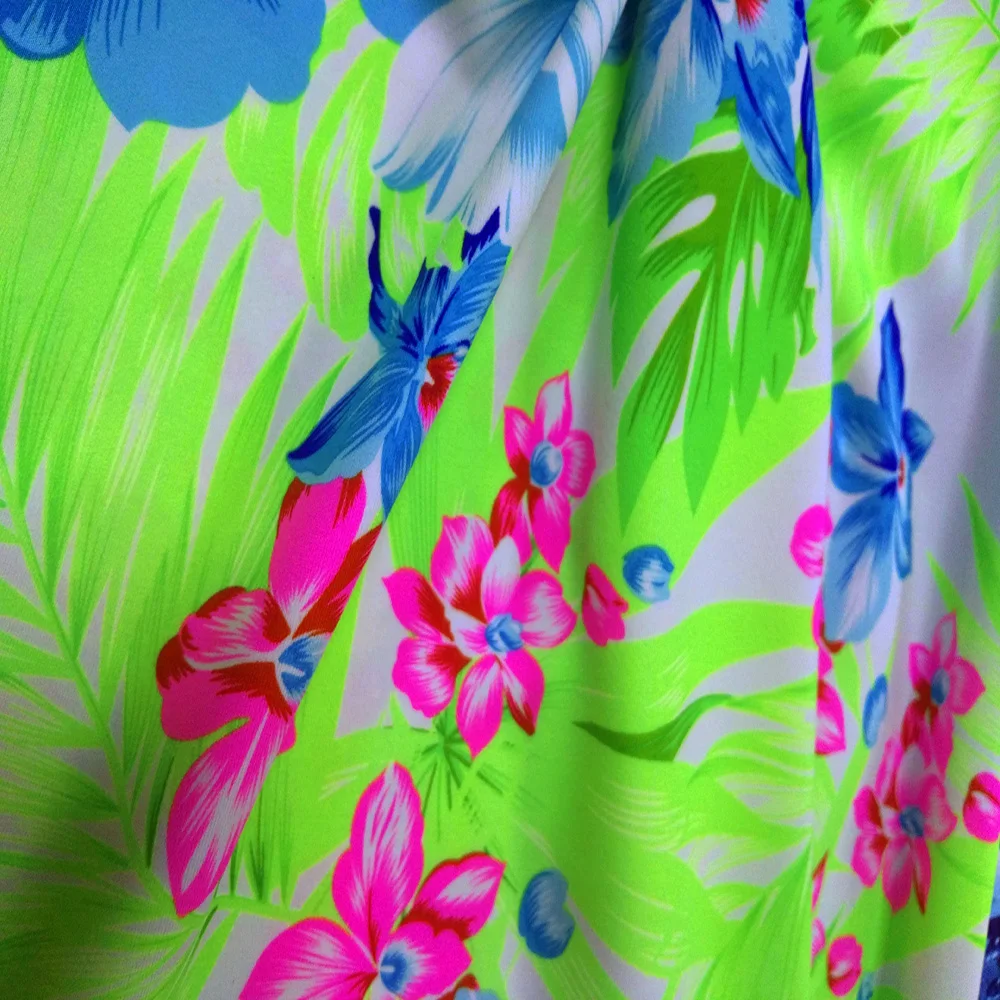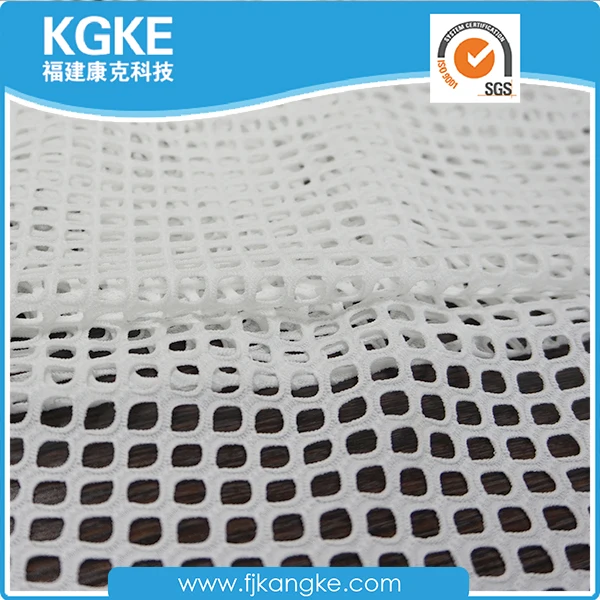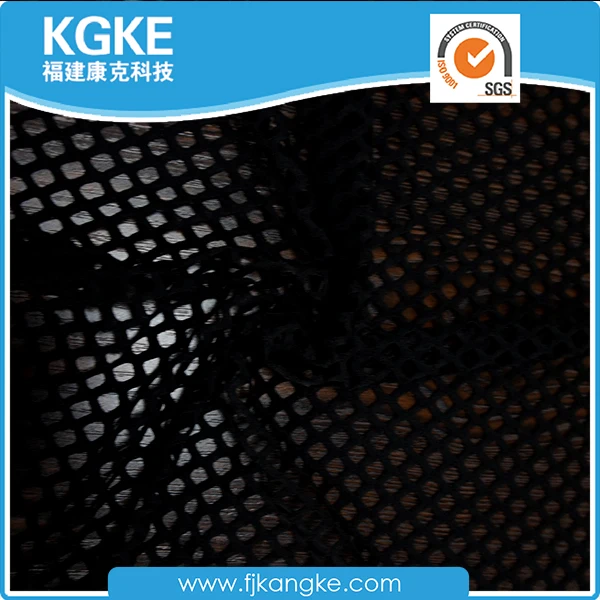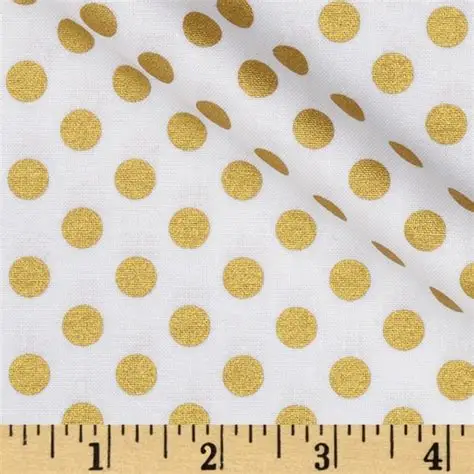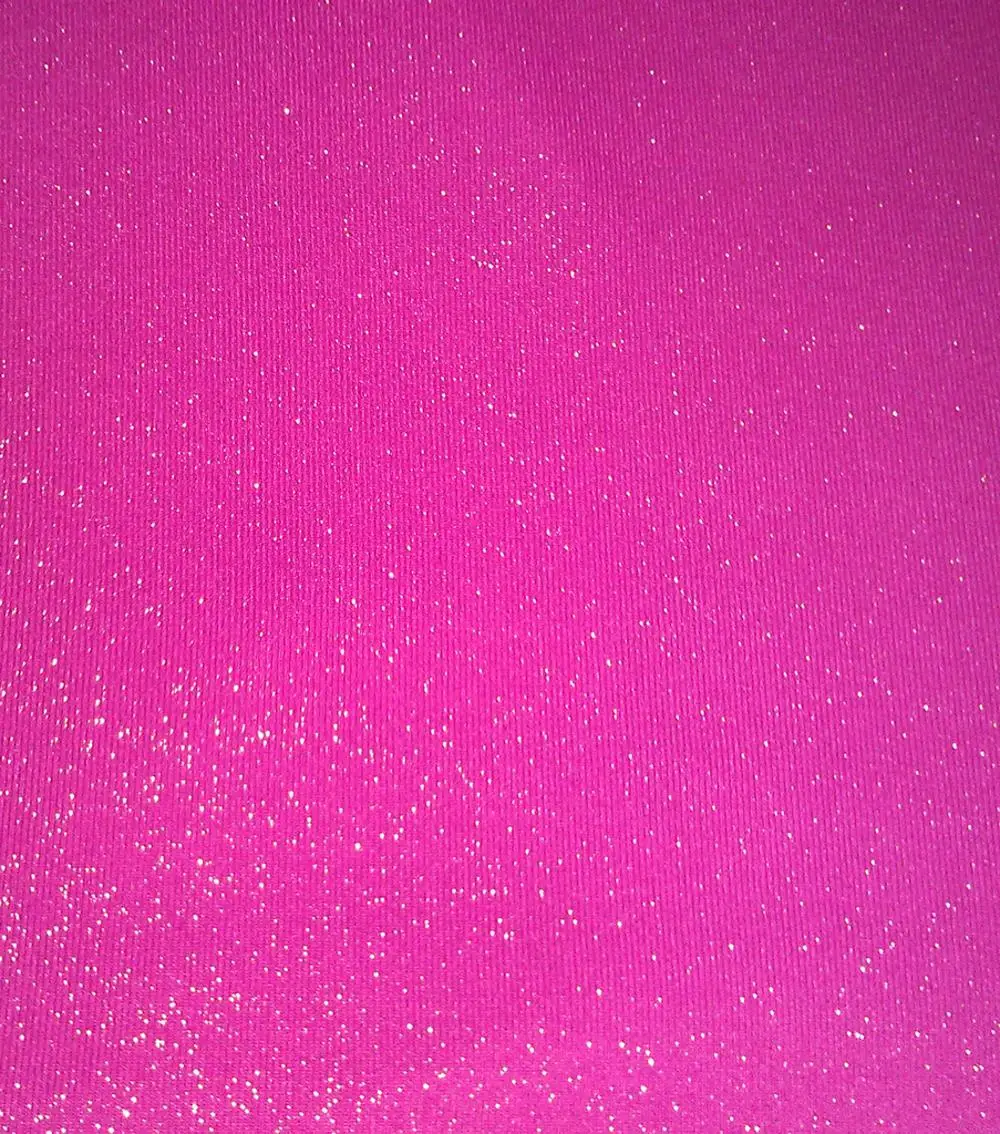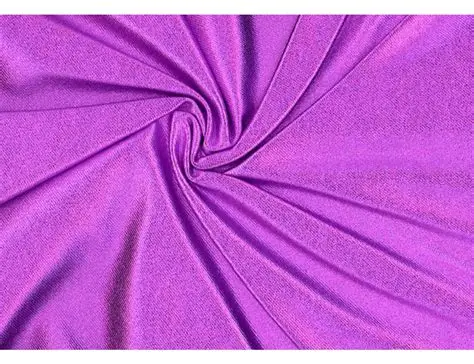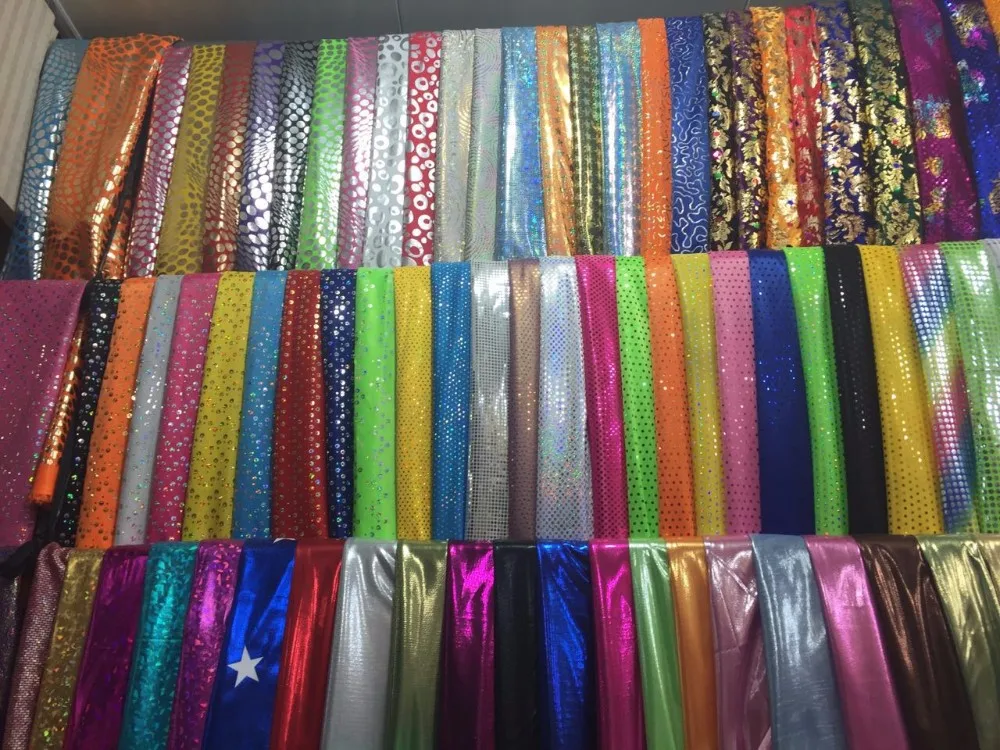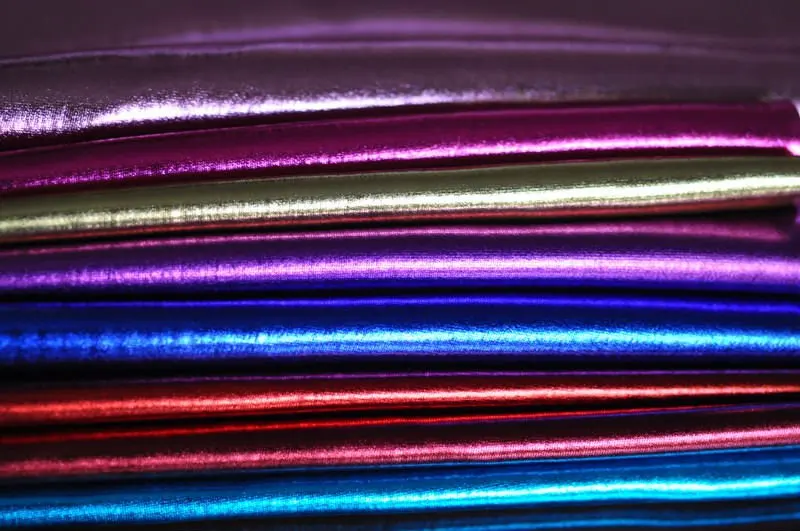Fabric & Textile Raw Material: Sourcing, Types, and Buyer's Guide
The global demand for Fabric & Textile Raw Material continues to grow, with China remaining a top supplier. Whether you're a manufacturer, designer, or retailer, understanding how to source reliable materials is crucial. This guide covers everything from types and features to practical buying tips.
How to Find Reliable Fabric & Textile Raw Material from China in 2025
China dominates the textile raw material market, offering competitive pricing and diverse options. To find trustworthy suppliers:
- Verify certifications like OEKO-TEX or GOTS
- Request physical samples before bulk orders
- Check supplier transaction history on B2B platforms
- Consider attending trade shows like Intertextile Shanghai
Top sourcing platforms include Alibaba (for smaller orders) and Made-in-China (for bulk purchases). Always negotiate MOQs and lead times directly.
What Buyers Should Know Before Buying Fabric & Textile Raw Material from China
Key considerations include:
- Import duties and shipping costs (typically 10-25% of product value)
- Minimum Order Quantities (MOQs) ranging from 100-10,000 meters
- Standard lead times of 30-60 days for custom orders
- Payment terms (30% deposit is common)
Case Study: A UK fashion brand reduced material costs by 40% by switching to a verified Guangdong supplier while maintaining quality standards.
Types of Fabric & Textile Raw Material
Major categories include:
Natural Fibers
- Cotton (most versatile, 40% of global textile production)
- Wool (premium thermal properties)
- Silk (luxury applications)
Synthetic Fibers
- Polyester (65% of synthetic fiber market)
- Nylon (high durability)
- Spandex (for stretch fabrics)
Functions and features of Fabric & Textile Raw Material
Key functional attributes:
| Material | Key Feature | Best For |
|---|---|---|
| Organic Cotton | Breathability (air permeability 50-100 cfm) | Babywear, activewear |
| Recycled Polyester | Moisture-wicking (dries 2x faster than cotton) | Sportswear |
Scenarios of Fabric & Textile Raw Material
Application-specific considerations:
- Apparel: Focus on drape, comfort, and care requirements
- Home Textiles: Prioritize durability and colorfastness
- Technical Textiles: Require specialized properties like flame resistance
How to Choose Fabric & Textile Raw Material
Selection criteria:
- Define end-use requirements (stretch, weight, etc.)
- Test for performance characteristics
- Compare cost vs. quality tradeoffs
- Evaluate sustainability credentials
Pro Tip: Request a Fabric & Textile Raw Material swatch card from suppliers for accurate color and texture assessment.
Fabric & Textile Raw Material Q & A
Q: What's the difference between greige goods and finished fabrics?
A: Greige goods are unprocessed textiles straight from the loom, while finished fabrics have undergone treatments like dyeing or coating.
Q: How do I verify fabric composition claims?
A: Request third-party test reports or conduct burn tests (cotton smells like burning paper, synthetics melt).
Q: What's the typical MOQ from Chinese mills?
A: Ranges from 1,000-10,000 meters depending on material complexity.
Q: Are Chinese textile raw materials quality comparable to European?
A: Top-tier Chinese mills now match European quality at 20-30% lower cost, but rigorous vetting is essential.
Q: How to ensure color consistency across batches?
A: Request lab dips and approve a color standard before production begins.








